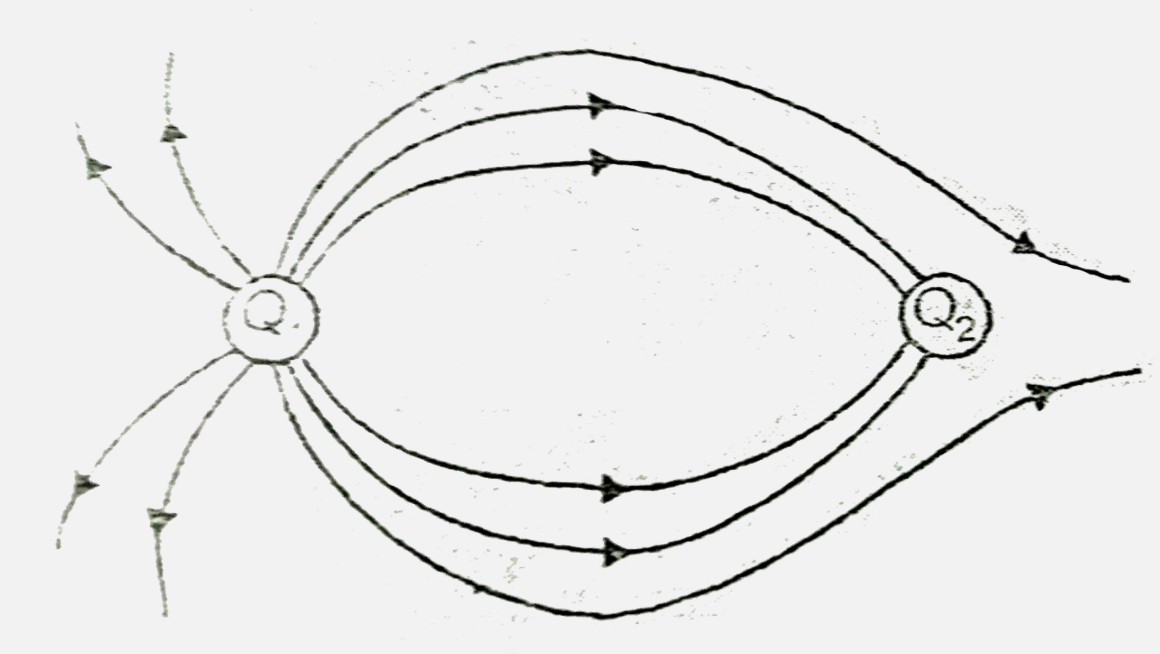Represent vectrially the direction of force between the charge for(i) (ii) Solution in Kannada
Topper's Solved these Questions
- ELECTRIC CHARGES AND FIELDSBOOK - SUBHASH PUBLICATIONCHAPTER - ELECTRIC CHARGES AND FIELDSEXERCISE - THREE MARKS QUESTIONS WITH ANSWERS
12 Videos
- ELECTRIC CHARGES AND FIELDSBOOK - SUBHASH PUBLICATIONCHAPTER - ELECTRIC CHARGES AND FIELDSEXERCISE - FIVE MARKS QUESTIONS WITH ANSWERS
7 Videos
- ELECTRIC CHARGES AND FIELDSBOOK - SUBHASH PUBLICATIONCHAPTER - ELECTRIC CHARGES AND FIELDSEXERCISE - NUMERICALS WITH SOLUTIONS
21 Videos
- DUAL NATURE OF RADIATION AND MATTERBOOK - SUBHASH PUBLICATIONCHAPTER - DUAL NATURE OF RADIATION AND MATTEREXERCISE - NUMERICALS WITH SOLUTIONS
21 Videos
- ELECTROMAGNETIC INDUCTIONBOOK - SUBHASH PUBLICATIONCHAPTER - ELECTROMAGNETIC INDUCTIONEXERCISE - NUMERICALS WITH SOLUTIONS
19 Videos
Similar Questions
Represent electric field lines around (i) a positive point charge (ii) a negative point charge and (iiii) an electric dipole.
View SolutionState Gauss's theorem. Obtain an expression for elactric field at any point outside a charged spherical hollow conductor (shell).
View SolutionTwo point charges −2nC and +8nC are separated in air by a distance of 0.10m.Find the position of the neutral point along the line joining the 2 point charges.
View SolutionA photo has a wavelength of 5000 Å. Calculate its momentum.
View SolutionTwo coils wound on the same iron rod so that the flux generated by one also passes through the other. The primary has 100 turns and the secondary has 200 turns. When a current of 2A flows through the primary, the flux in it is 2.5×10−4 Wb. Determine the value of mutual inductance (M) between the coils.
View SolutionWhen two charges q1andq2 are kept at some distance apart, force acting between these charges is F. If a third change q3 is placed quite close to q3 is placed quite close to q2 what will happen to the force between q1andq2 ?
View SolutionTwo large , parallel conducting plates X and Y , kept close to each other , are given Q1 and Q2(Q1>Q2). The four surfaces of the plates are A,B,C and D , as shown

(i) The charge on A is 12(Q1+Q2)
(ii) The charge on B is 12(Q1−Q2)
(iii) The charge on C is 12(Q2−Q1)
(iv) The charge on D is 12(Q1+Q2)
View SolutionA charge q1 exerts some force on a second charge q2 If a third charge q3 is brought near q2, then the force exterted by q1 on q2
View Solutionदो आवेशों q1 तथा q2 के बीच लगने वाला कूलॉम बल, F=q1q2r2 है। एक बल का मान -
View Solutionq1 और q2 इस प्रकार के बिंदु आवेश है कि q1×q2>0 दोनों आवेशों के बीच बल की क्या प्रकृति है?
View SolutionLooking at the various electric lines of forces between charges Q1 and Q2, find the value of Q1Q2.

View SolutionIf "q1+q2=q" ,then the value of the ratio "q1q" ,for which the force between q1 and "q2" is maximum is
View Solutionएक लघु द्विध्रुव के अक्ष पर स्थित एक बिंदु आवेश पर विद्युत बल F है। यदि दूरी को दोगुना करने के लिए आवेश को अक्ष के अनुदिश स्थानांतरित किया जाता है, तो विद्युत बल का अभिनय होगा:
View SolutionElectric force between two point charges q_(1) and q_(2) at rest is F. Now is a charge -q_(1) is placed next to q_(1) . What will be the (a) force on q_(2) due to q_(1) (b) total force on q_(2) ?
View Solutionएक बिन्दु आवेश q1, एक अन्य बिन्दु आवेश q2 पर F बल आरोपित करता है q3 को q2 के समीप में रख दिया जाये तो q1 के कारण q2 पर बल का मान होगा -
View Solution

